Features
How Lucy Ridgard’s Portrait Photography Captures the Magic of a Secret Utopia
By Grace Farson - 6 min read
On the English coastline lies a secret haven where allure and magic are ready to be discovered by those who know where to find it. British portrait photographer Lucy Ridgard is one of those lucky people. In her project, A Secret Utopia, she tells the story of a place loved so dearly and those who have kept it alive.
In the wake of World War II, this unique campsite was home to mothers and children. Since then, it has been transformed into a hippie hideout and, more recently, an attraction for ravers with booming sound systems. For the past 20-something years, a group of friends returns each summer for six weeks of dancing and discovery.
Ridgard’s Collection of Portraits Brings a New Visual Definition of Freedom
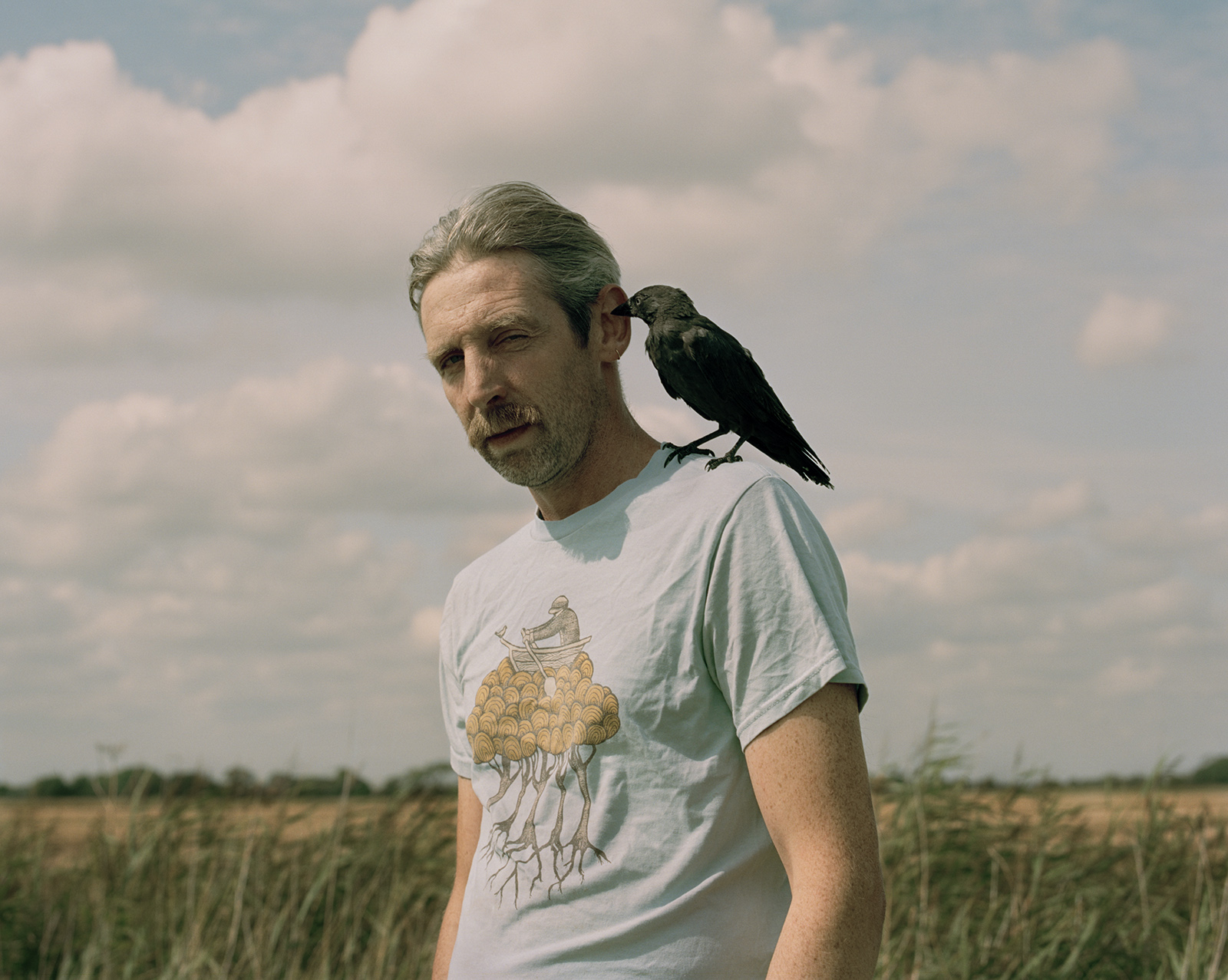
How did you first come to find this campsite?
It’s somewhere a lot of my friends go every year and so I heard about it through them.
What was this project’s duration? How long did you spend there?
It took me about three weeks to shoot the project in August 2017. However, as I mostly shot in film, the additional processing, scanning and retouching brought the total completion length to around two months.
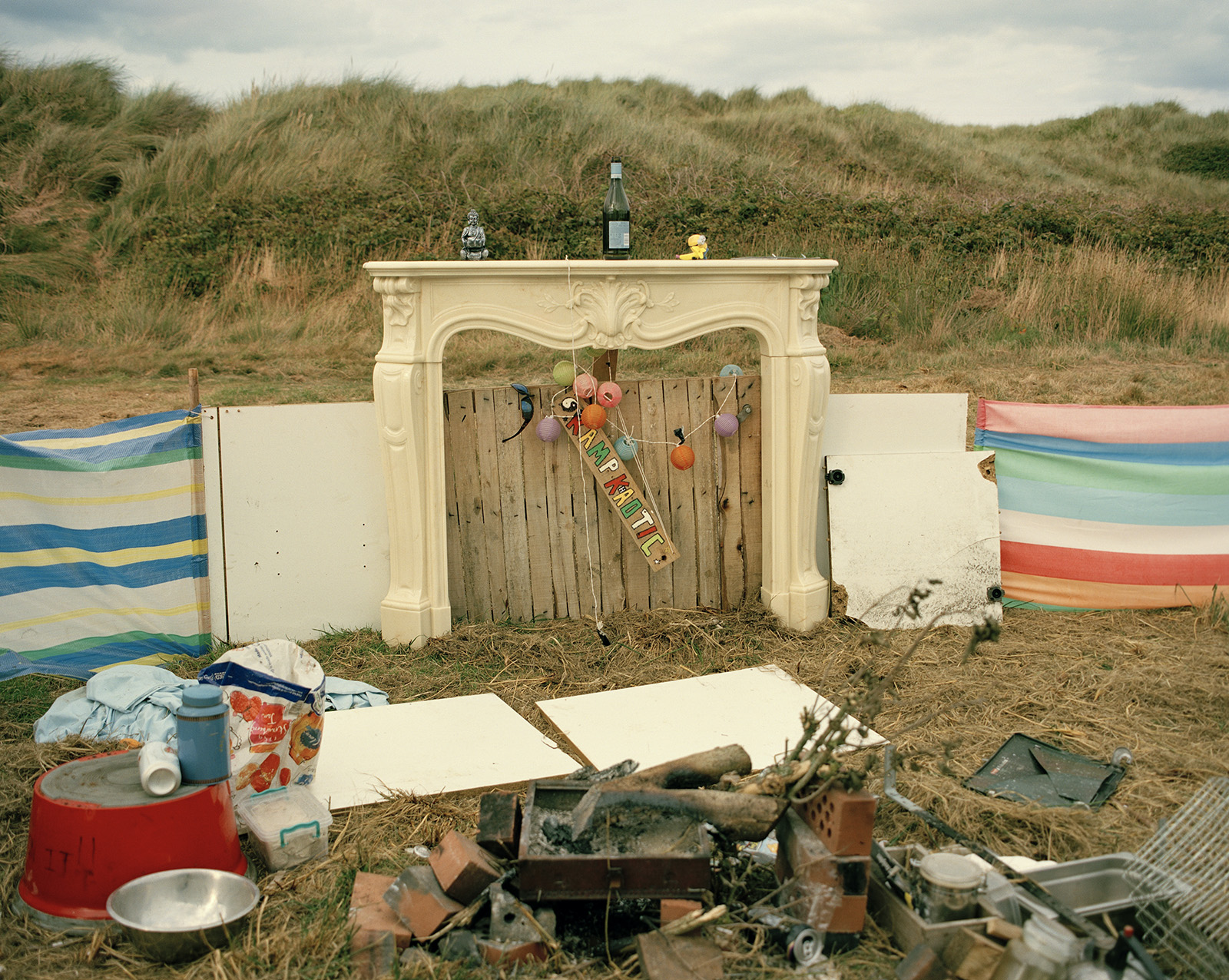
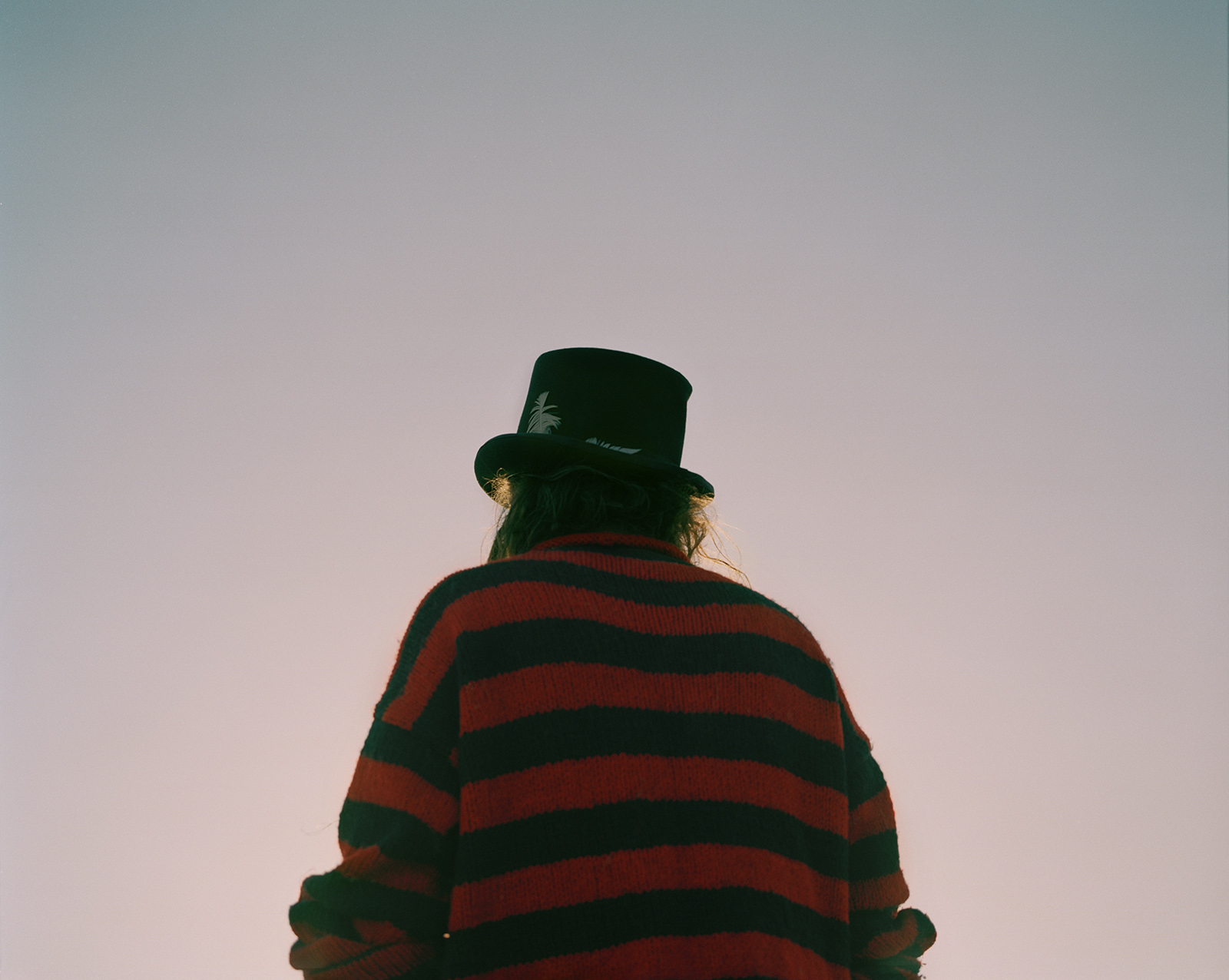
Where has this project traveled to since you completed it?
The project has been featured on i-D online and shown for a month at the Biel/Bienne Festival of Photography in May 2018.
We know that the people who love this place wish for it to stay a secret, but are you able to share a general area?
Sorry, I can’t. It took one group of people two summers to find the place and that’s how we want it to stay.
“It feels unrestricted and unmonitored.”
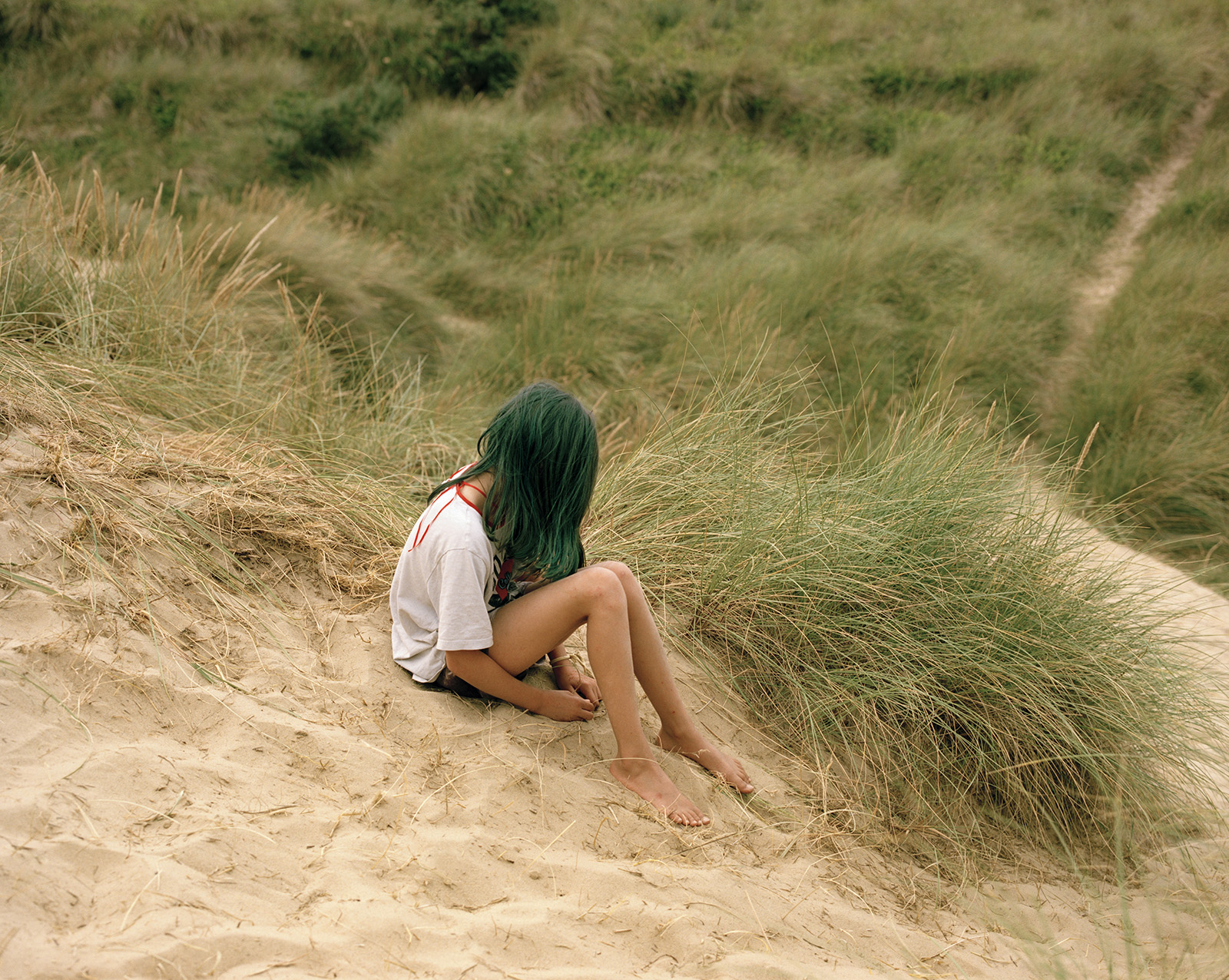
What does this place sound like?
It sounds like summer. At one end of the site, it’s noisy. There’s always music, whether it be people playing instruments or using sound systems they’ve set up around their area. At the other end, you can find absolute quiet, with only the sound of seagulls in the air and the intermittent shouts of children.
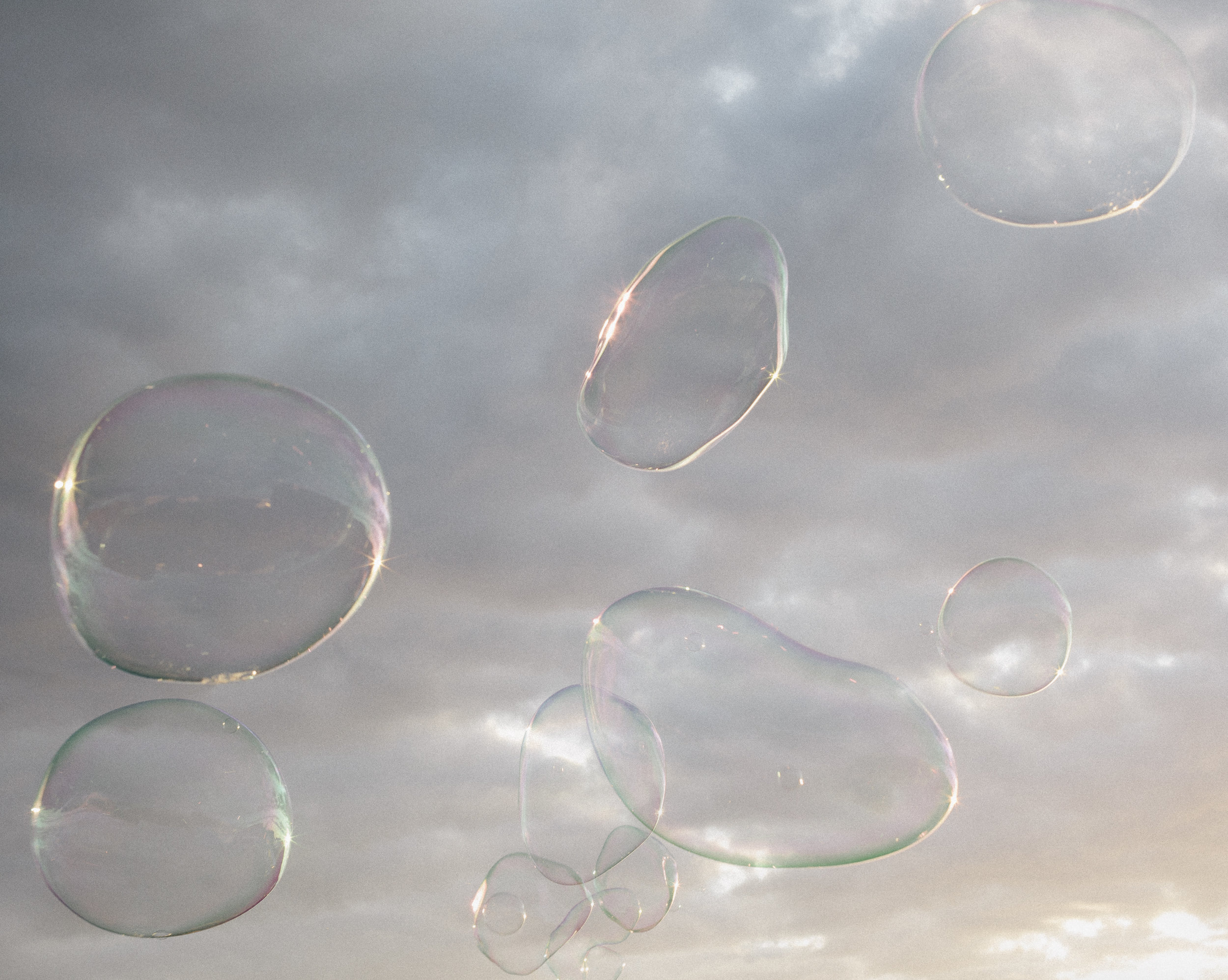

How do people express themselves within the space?
People are just hanging out, relaxing and having fun. It feels unrestricted and unmonitored, which is great.
How do you connect with your subjects and ensure that they feel comfortable?
I just chat with the people I want to shoot. I often stop people and ask if I can take their photo, and some talk to me more than others. I knew some of the people I shot or we had mutual friends, but it also helped to have my friend, who knows a lot of people firsthand, assist me with the project.
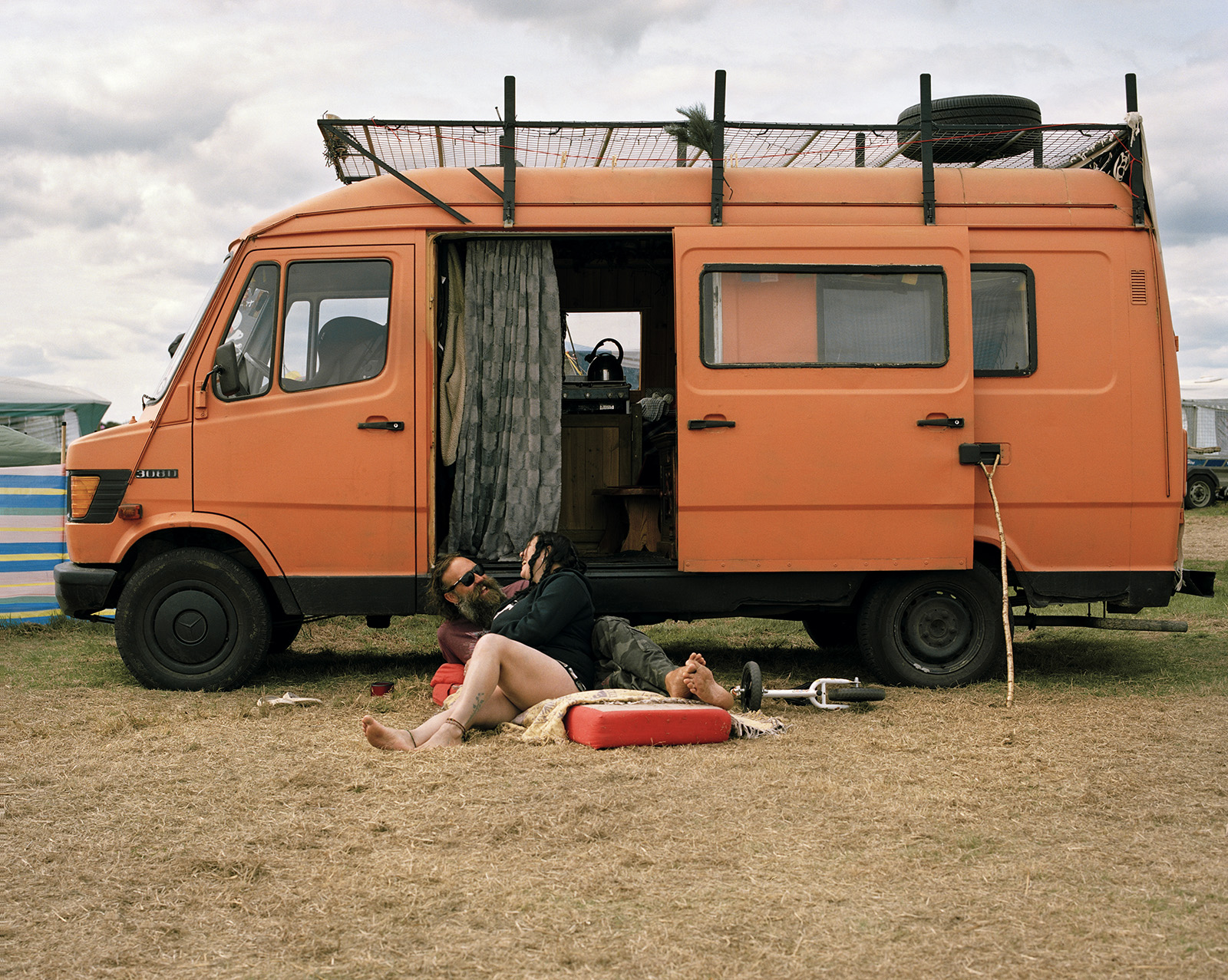
Your photography portfolio shows a variety of portraits of young people. Yet, in this particular project, you document people of all ages. Is there anything you notice about photographing individuals with a variety of life experiences?
I love the vibrancy of being a teenager – the optimism, the experimentation, the devotion to dress codes and style. However, I found I got more stories and a more concise history of the place when photographing this project. Even the young people I photographed there were with their families who’d been coming to the campsite for years.
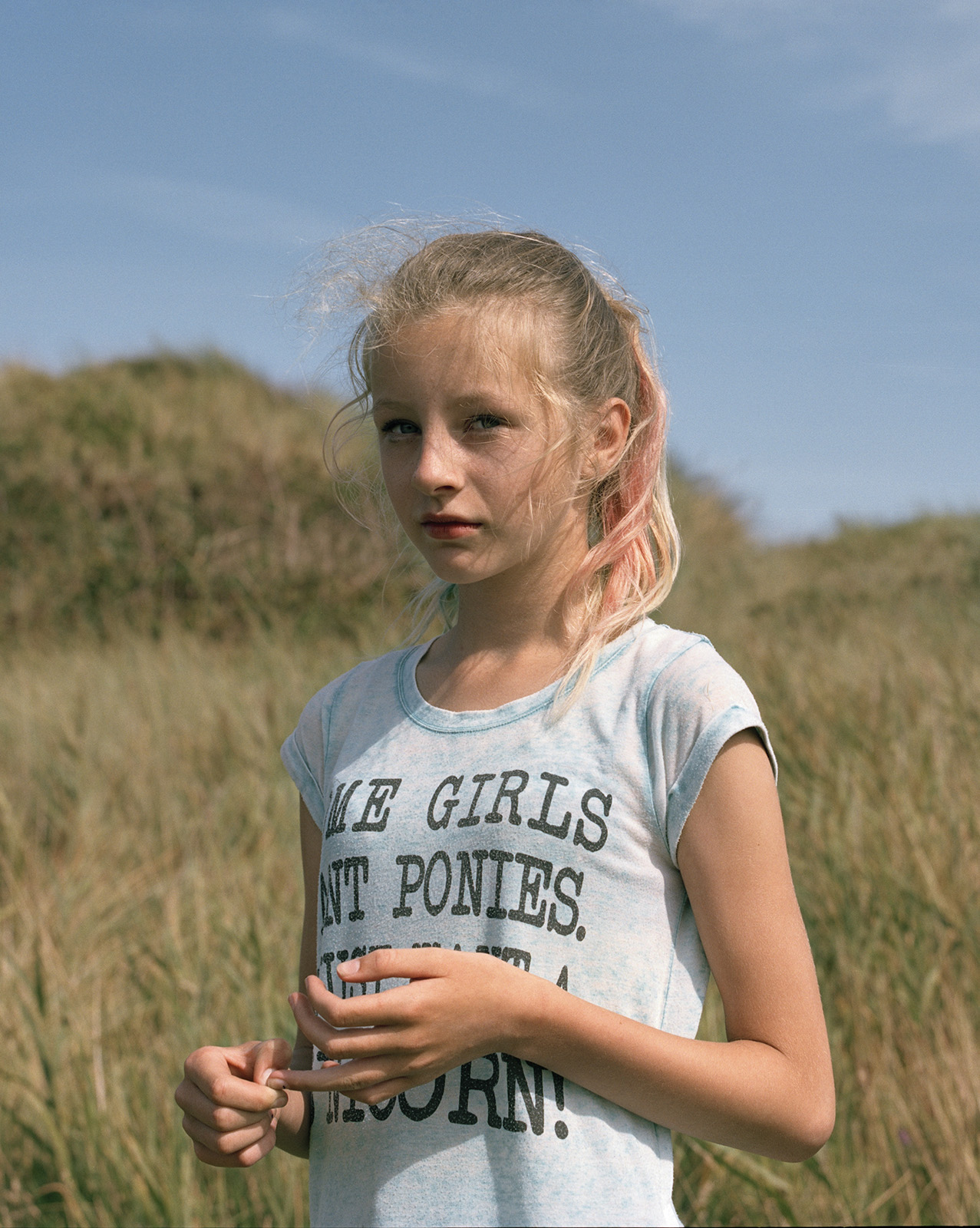
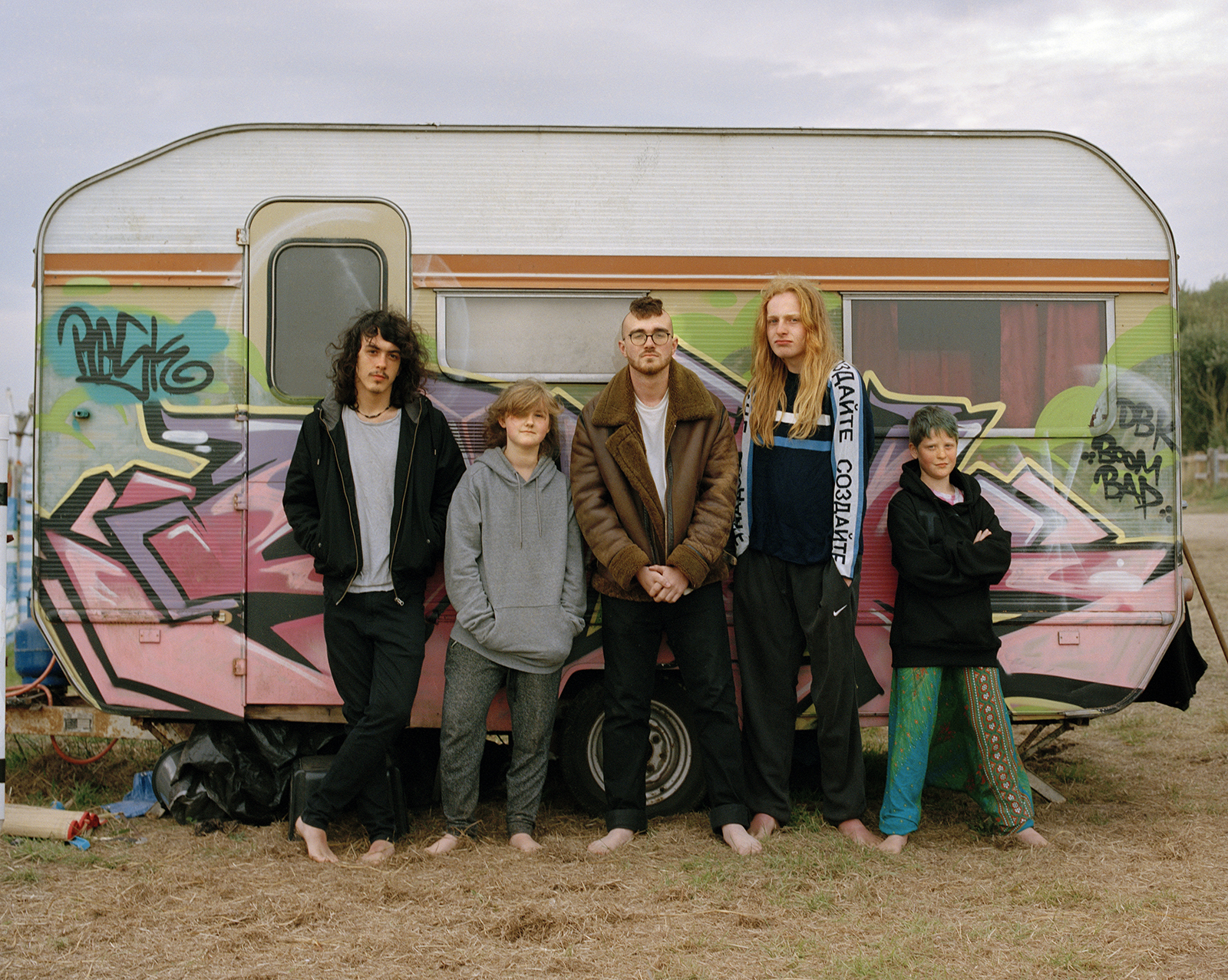
What is one image of the space that you will never quite be able to shake?
The open skies at night. It’s so black out there that you can see all the stars when it’s clear. It’s really intense. The sky and the stars just go on forever and ever, you can’t stop looking into the cosmos, you just sink into it. The sky is one of the reasons I go there.
Why is it important for you to take photographs of this secret utopia rather than just to visit?
I felt I had to record it, as it is so unique and special.
“I think these photos are trying to capture that sense of nostalgia.”
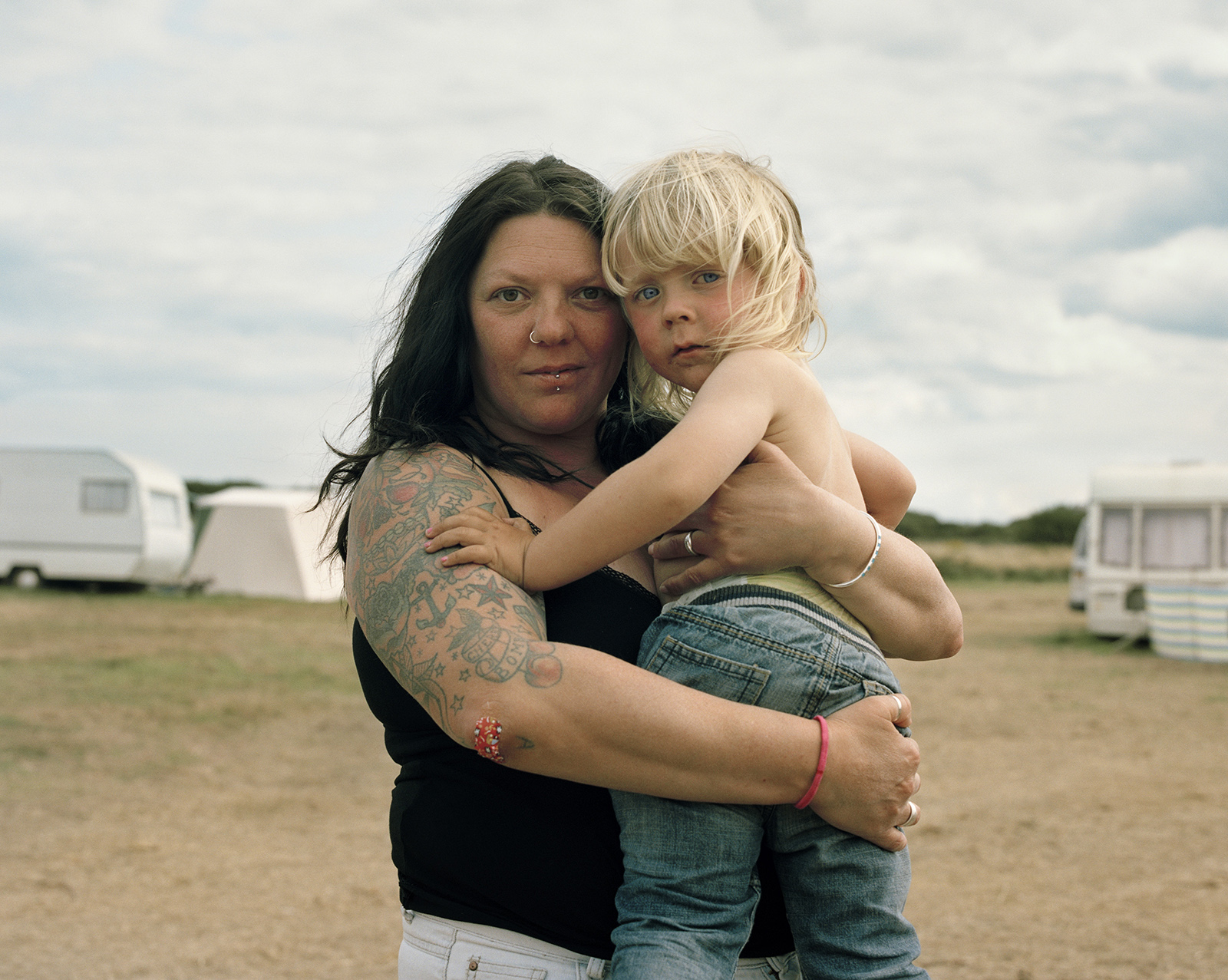
What is the biggest challenge when photographing a place that wants to remain hidden from the general public?
At times, I felt quite torn between my photographic need to record the place and the people I wanted to photograph, who just wanted a holiday and to chill out. I learned that I had to take it slowly the longer I stayed there and the more people I got to know better.
What’s the most binding theme or ideology that connects the people in this campsite?
Freedom. You can leave everyday life at the gate, get into the site and cut loose.
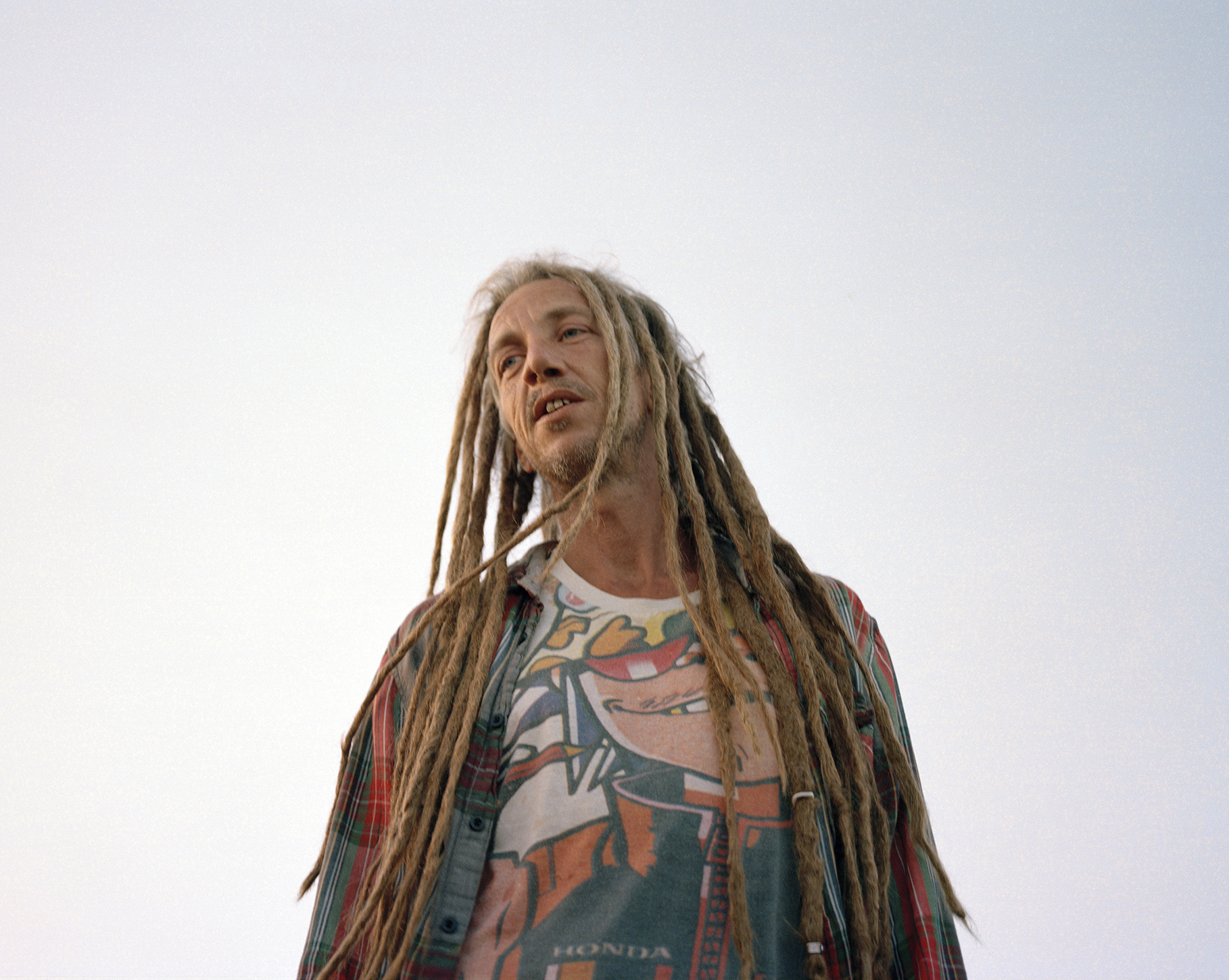
The words freedom, nostalgia and rave all come to mind when looking at this project. In what ways do your images express these themes?
I have certainly tried to also show a calmer side with my images. However, for me, the portraits I’ve taken and the things I’ve shown remind me of growing up in the ’90s and the free party and protest scenes associated with this time.
We had a lot more freedom on different levels compared to now, when everything feels more controlled and beige. It’s only now that I realize how much I miss those times, and I think these photos are trying to capture that sense of nostalgia.
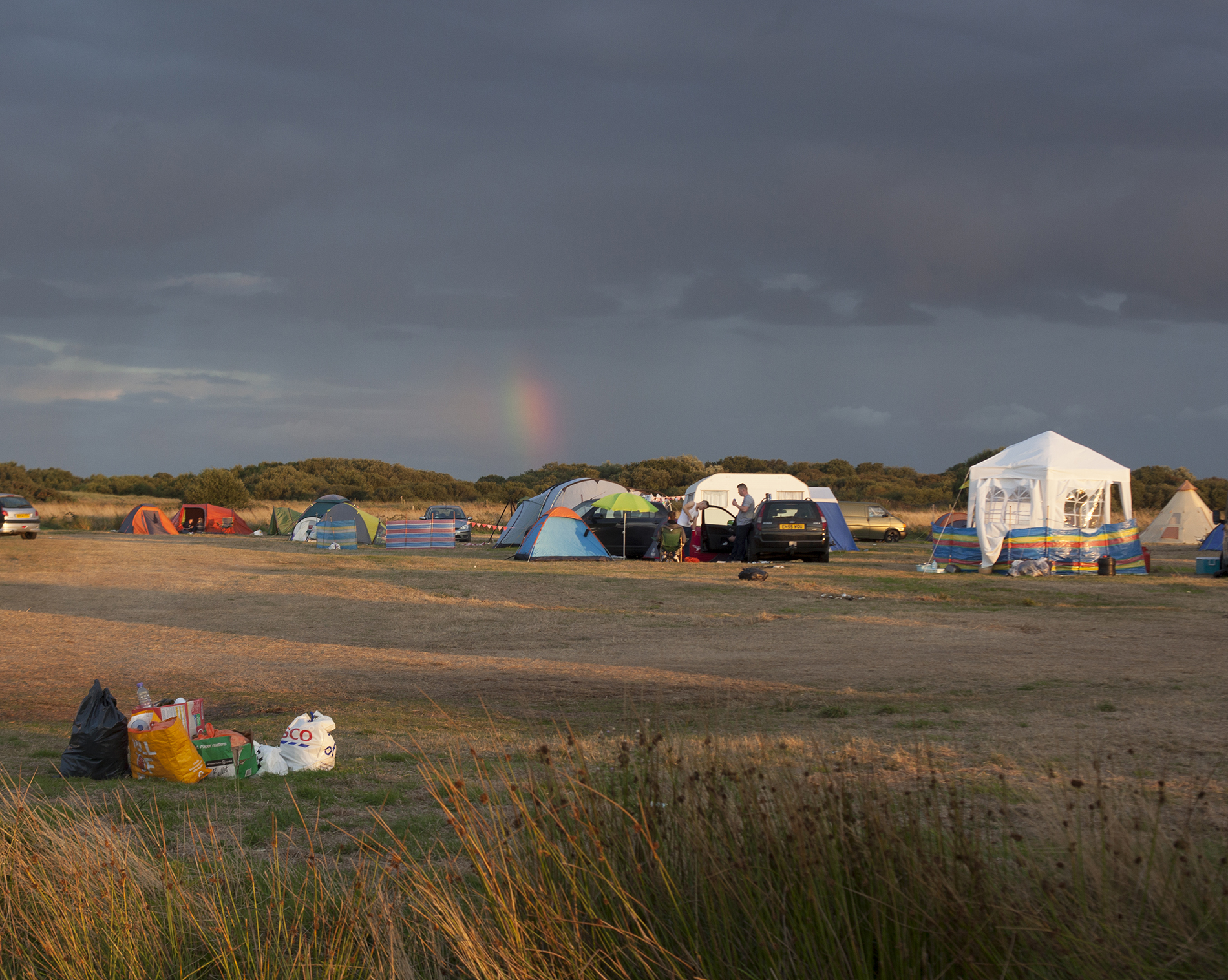
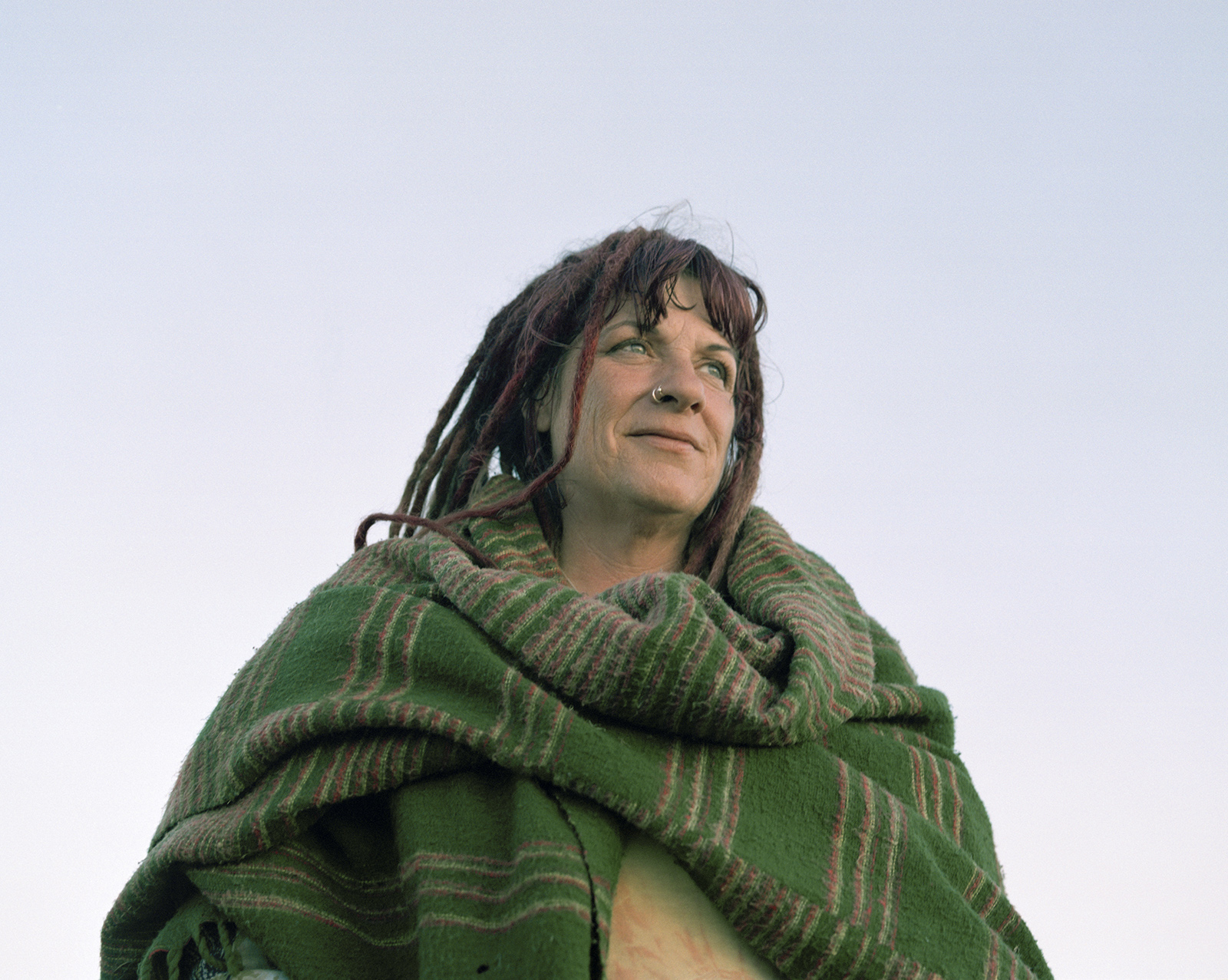
To see more of Lucy’s stunning photography portfolio visit her website, or check out her new Instagram.
